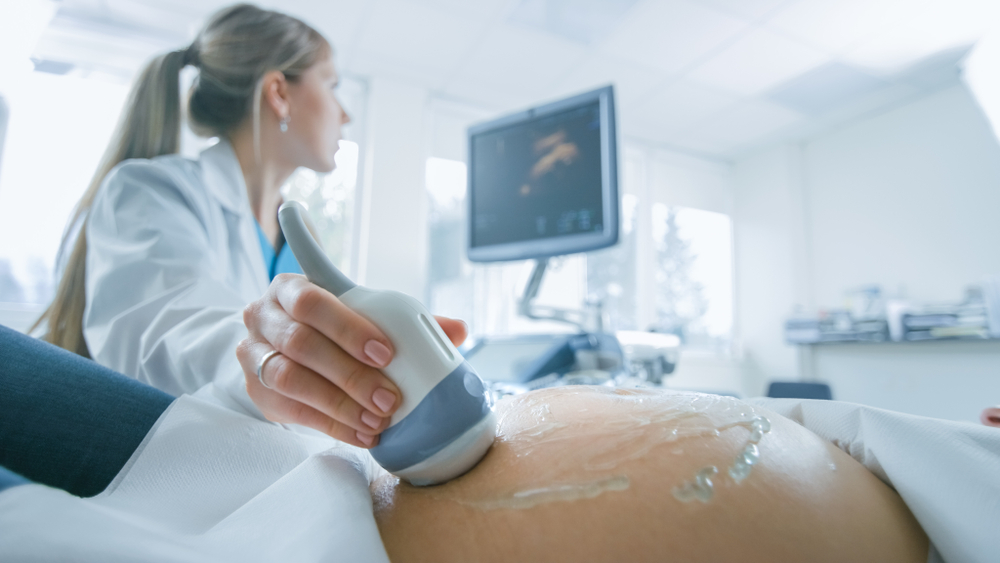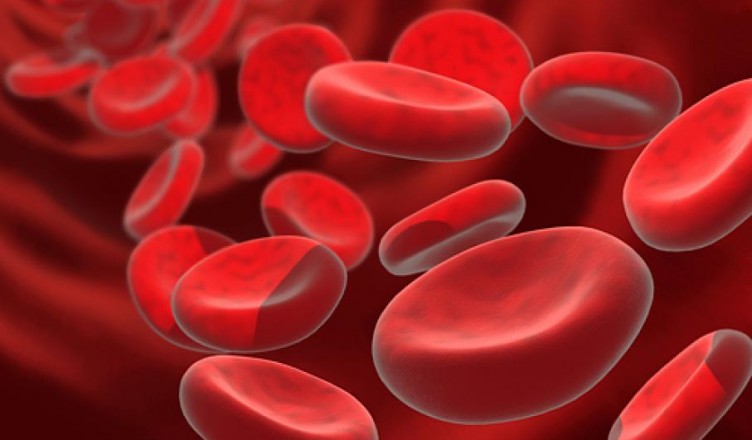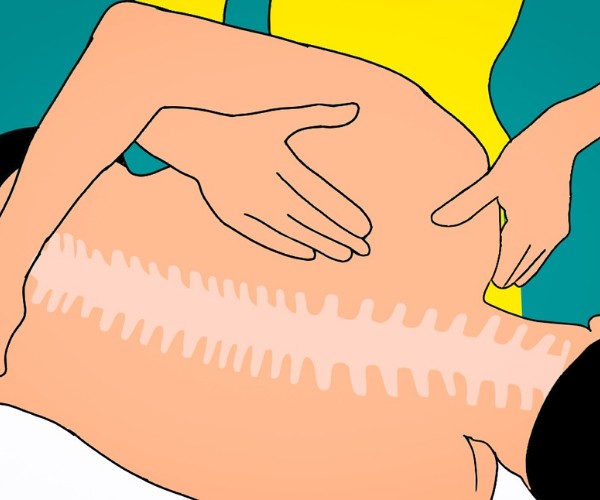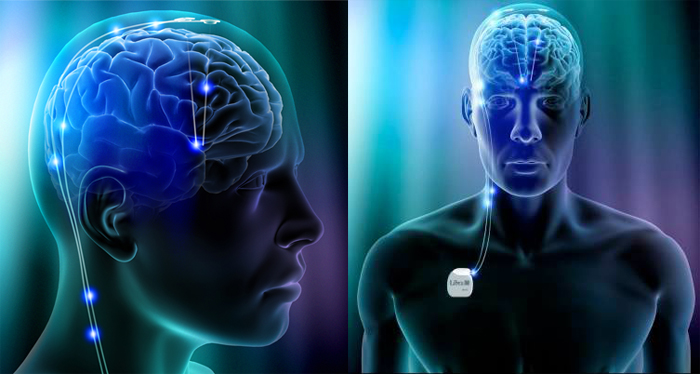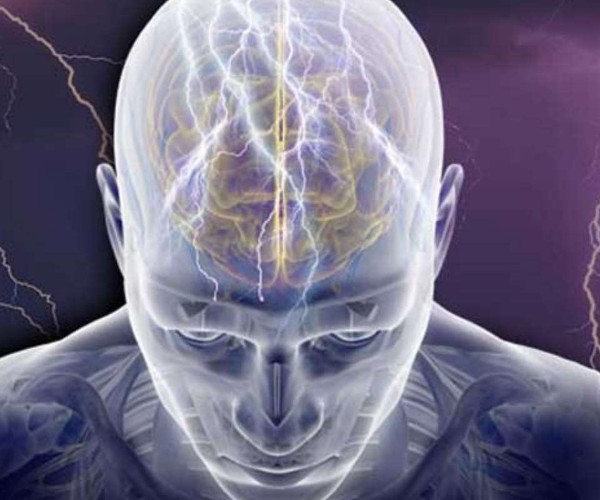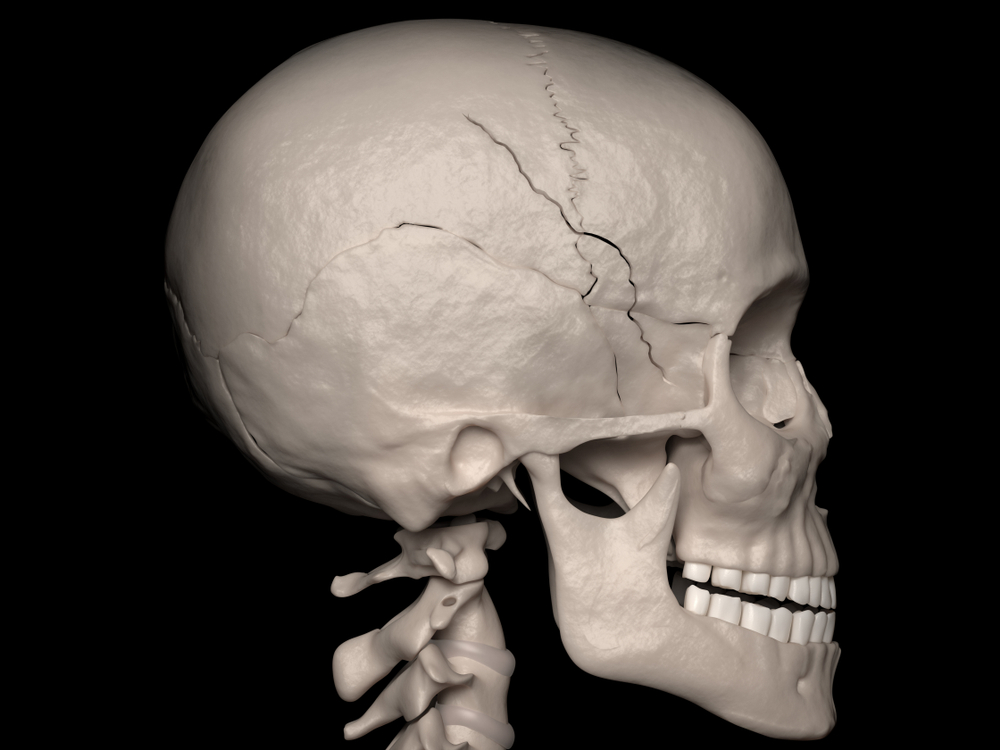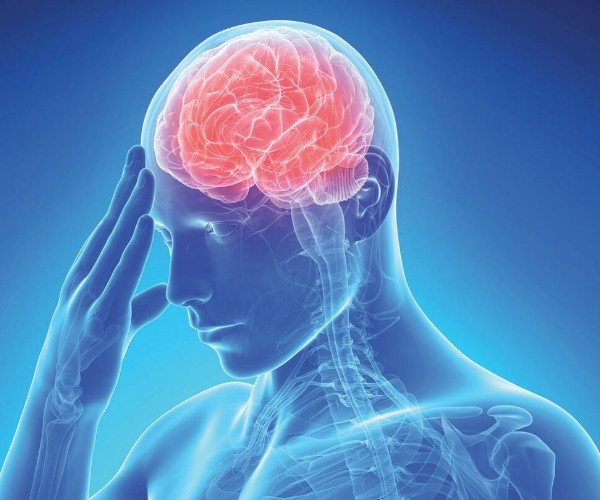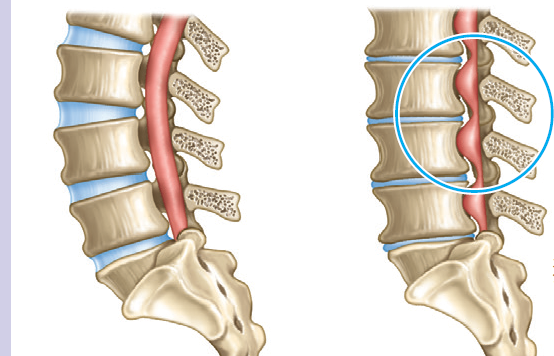Fainting in pregnancy is an uncommon occurrence and is generally thought to be a benign, consequence-free phenomenon related to the effects of hormonal changes characteristic of gestation on the cardiovascular system. In order to facilitate blood flow to the placenta and fetus, in fact, pregnancy hormones induce increased heart rate and vasodilation, which can cause extemporaneous drops in blood pressure and/or a sudden and transient decrease in oxygen flow to the woman’s brain.
This type of fainting of a cardiovascular nature. (also called syncope), until now, has been considered a minor malaise in the young and overall healthy pregnant woman: an inconvenience that is certainly bothersome, but which passes on its own in a few minutes by lying down for a while in a quiet place, with legs slightly elevated, and taking some water and sugar and/or mineral salts.
New data, obtained as part of a research Canadian study involving 481,930 births in the province of Alberta between 2005 and 2014, indicate, however, that this is not always the case and that fainting in pregnancy deserves to be brought to the physician’s attention and possibly investigated with some targeted testing, as it could be a sign of maternal and/or fetal health problems. Especially, when it occurs in the 1st trimester.
Specifically, it was observed in the study that fainting occurs in about 1% of pregnant women and that in one-third of cases (32.3%) fainting occurs in the 1st trimester. In the latter case, women who have at least one syncope are more likely to give birth pre-term, that is, before 37 weeks of gestation, with all that this entails in terms of fragility and possible health complications for the baby in the first months of life.
In addition, among those born to mothers who had fainted at least once in the 1st trimester , congenital heart defects were more common , while the mothers themselves were at risk of experiencing cardiac arrhythmias and further episodes of syncope in the year after the baby’s birth. In-depth medical investigation and subsequent monitoring are even more important if the pregnant woman faints more than once: an occurrence that in the study occurred in 8% of women with syncope, accounting for about one in every 1,000 of those monitored. In fact, congenital abnormalities and low birth weight of the newborn were more frequently found in these cases.
Given this evidence, researchers believe that fainting in pregnancy should be considered an important warning sign and included among the risk factors for mother and baby, on par with preeclampsia (hypertension in pregnancy) and gestational diabetes.
The recommendation to undergo medical evaluation, on the other hand, should not lead to undue concern: in the majority of cases, fainting in pregnancy is indeed benign and free of sequelae; performing a few checkups is important to eliminate any doubts and/or detect early the few cases in which there might be problems deserving of treatment.
Source
Chatur S et al. Incidence of Syncope During Pregnancy: Temporal Trends and Outcomes. J Am Heart Assoc. 2019;8(10):e011608. doi:10.1161/JAHA.118.011608 (https://www.ahajournals.org/doi/full/10.1161/JAHA.118.011608?url_ver=Z39.88-2003&rfr_id=oriridcrossref.org&rfr_dat=cr_pubpubmed)




